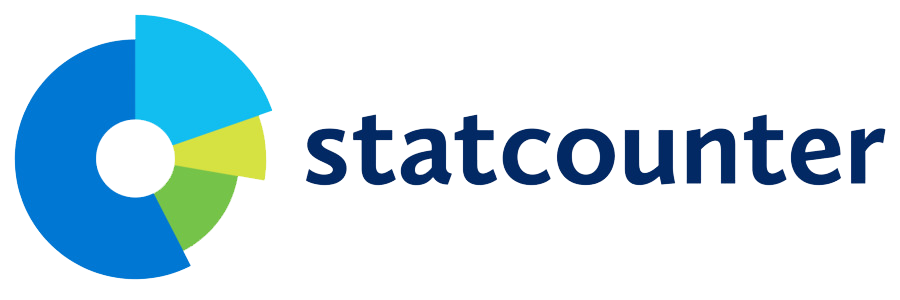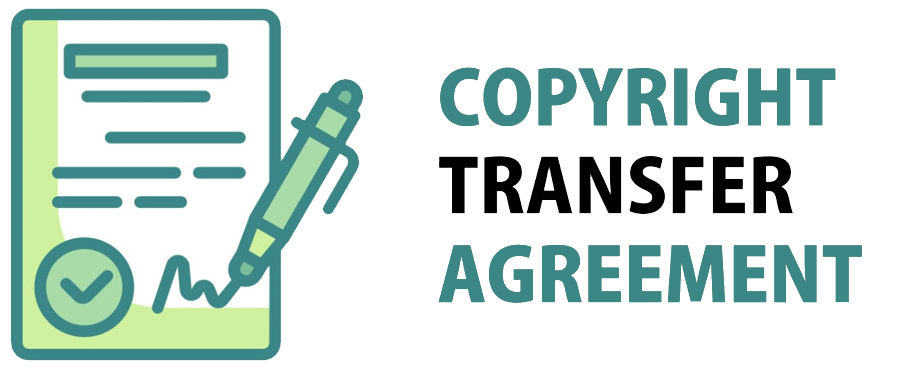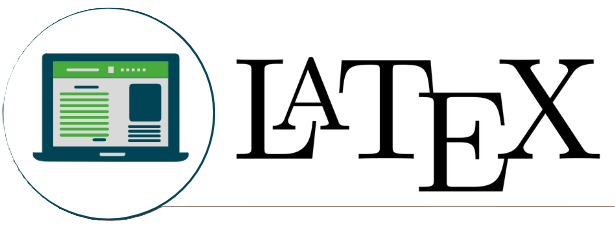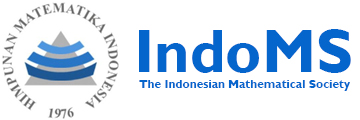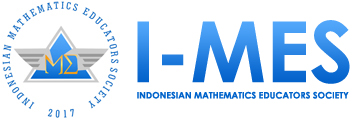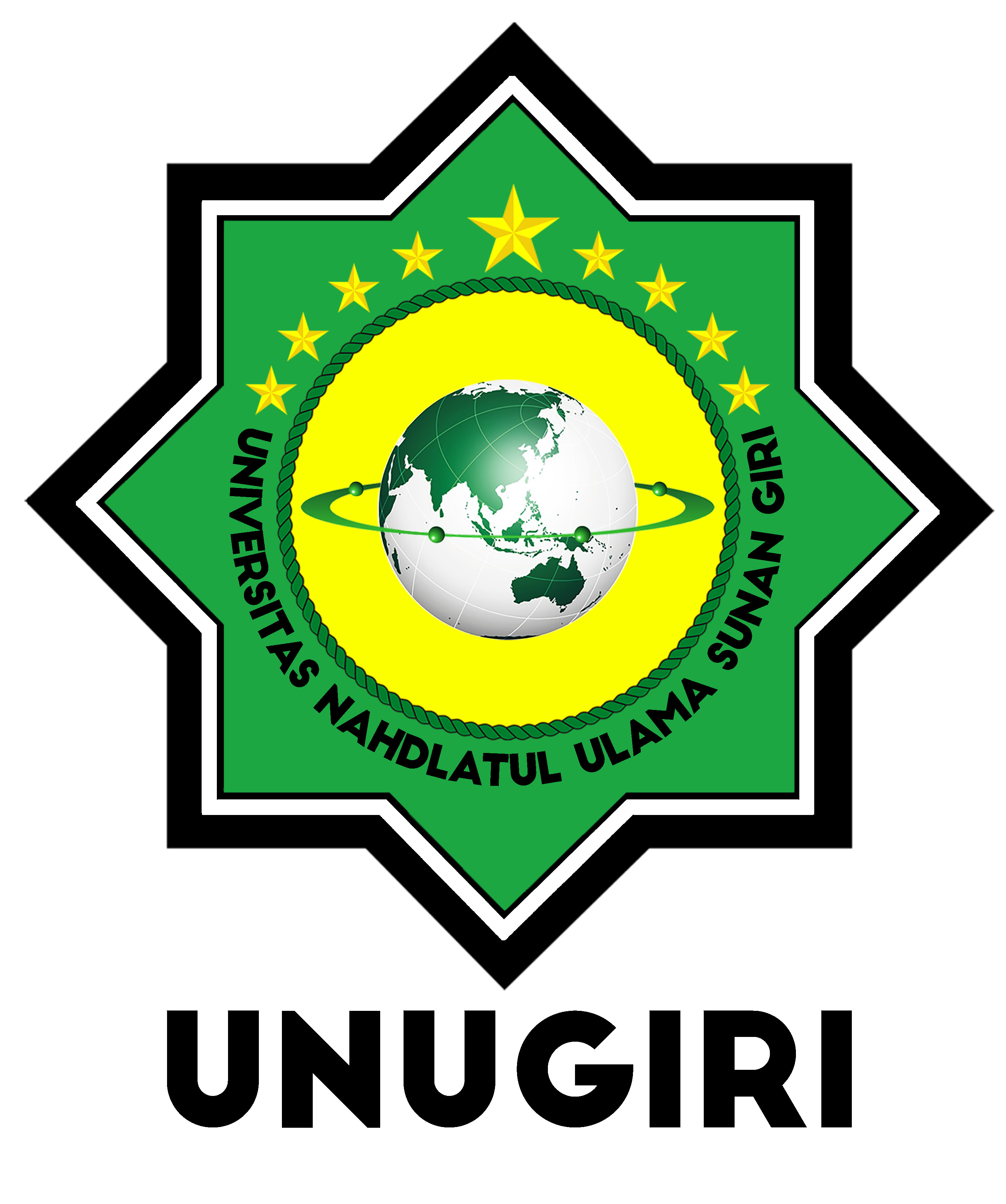Graph Coloring on the Primary Dryland Forest Cover Map of Kalimantan Using the Greedy Algorithm
 PDF Download: 87
PDF Download: 87
DOI:
https://doi.org/10.32665/james.v8i2.4628Keywords:
Graph Coloring, Graph Theory, Greedy Algorithm, Land Cover MapAbstract
In graph theory, graph coloring is a popular approach, including in map creation, and this study aims to apply the Greedy algorithm to color forest land-cover maps while ensuring that adjacent areas do not share the same color. The data used consist of land-cover classification maps and the relationships between regions represented as planar graphs. The Greedy algorithm is implemented by arranging nodes based on their highest degrees and then coloring them sequentially. The coloring results show that the algorithm can provide an efficient solution with a minimum number of colors according to the upper bound of graph coloring, particularly for primary dry forest land-cover maps in East Kalimantan Province, achieving a chromatic number χ(G) = 4, ensuring no neighboring areas share the same color. Although it does not always yield an optimal solution, the algorithm proves effective, simple, and applicable to various other uses such as spatial analysis, regional clustering, or geographic information systems. The novelty of this study lies in its application to primary dry forests in Kalimantan, which have been rarely explored, and its contribution to spatial analysis and conservation efforts.
References
Adhiatma, R., & Lubis, I. (2020). Perubahan Penggunaan/Tutupan Lahan dan Prediksi Perubahan Penggunaan/Tutupan Lahan di Kabupaten Lampung Selatan. Jurnal Pengelolaan Sumberdaya Alam dan Lingkungan (Journal of Natural Resources and Environmental Management), 10(2), 234–246. https://journal.ipb.ac.id/index.php/jpsl/article/view/29140
Akhirunnisa, A., Citra, D. I., & Kana, S. S. (2023). Pemberian Warna Minimum pada Peta Wilayah Kota Medan Menggunakan Algoritma Greedy. Jurnal Teknologi Informasi, 2(2), 76–84. http://180.250.41.45/JTI/article/view/7709/4288
Harianto, D., Yansen, Suhartoyo, H., Barchia, M. F., & Anwar, G. (2022). Laju Perubahan Penutupan Lahan dan Faktor-Faktor yang Mendorong Perambahan Kawasan Hutan Bukit Balai. NATURALIS – Jurnal Penelitian Pengelolaan Sumberdaya Alam dan Lingkungan, 11(2), 194–198. https://ejournal.unib.ac.id/naturalis/article/view/24226
Himayati, A. I. A., Firdaus, E. M., & Findasari. (2023). Pewarnaan Graf pada Peta Wilayah Kota Semarang dengan Algoritma Greedy. Jurnal Ilmu Komputer dan Matematika, 4(1), 9–16. https://ejr.umku.ac.id/index.php/jikoma/article/view/1788/1063
Jofie, M. Z., Bahri, S., & Baqi, A. I. (2020). Aplikasi Algoritma Greedy untuk Pewarnaan Wilayah pada Peta Kota Padang Berbasis Teorema Empat Warna. Jurnal Matematika UNAND, 9(4), 294–301. https://jmua.fmipa.unand.ac.id/index.php/jmua/article/view/713
Jufri, K. A., & Riza, A. (2023). Implementasi Algoritma Greedy pada Pewarnaan Wilayah Peta Kecamatan Gelumbang Muara Enim. DJMA: Diophantine Journal of Mathematics and Its Applications, 2(1), 37–44. https://ejournal.unib.ac.id/diophantine/article/view/28347
Maftukhah, U., Amiroch, S., & Pradana, M. S. (2020). Implementasi Algoritma Greedy pada Pewarnaan Wilayah Kecamatan Sukodadi Lamongan. Jurnal UJMC, 6(2), 29–38. https://e-jurnal.unisda.ac.id/index.php/ujmc/article/view/2391
Mamahit, J. A., Aloysius, D. C., & Suwono, H. (2020). Efektivitas Model Project-Based Learning Terintegrasi STEM (PjBL-STEM) terhadap Keterampilan Berpikir Kreatif Siswa Kelas X. Jurnal Pendidikan: Teori, Penelitian, dan Pengembangan, 5(9), 1284–1289. https://media.neliti.com/media/publications/487588-none-385e6568.pdf
Munir, R. (2016). Matematika Diskrit. Bandung: Informatika Bandung. https://archive.org/details/matematika-diskrit-rinaldi-munir/page/57/mode/2up
Mussafi, N. S. M. (2015). Penerapan Greedy Coloring Algorithm pada Peta Kotamadya Yogyakarta berbasis Four-Colour Theorem. Kaunia, 11(1), 19–26. https://digilib.uin-suka.ac.id/id/eprint/27033/
Pamungkas, D. A., Wonohardjo, E. P., Sunaryo, R. F., & Sudiyono, Y. (2018). Teori Graph, Sejarah dan Manfaatnya. mti.binus.ac.id. https://mti.binus.ac.id/2018/03/05/teori-graph-sejarah-dan-manfaatnya/(diakses 17 Februari 2025)
Putra, H. P., Sylviani, S., & Permana, F. C. (2024). Analisis Algoritma Greedy untuk Mewarnai Graf. DJMA: Diophantine Journal of Mathematics and Its Applications, 3(1), 30–39. https://ejournal.unib.ac.id/diophantine/article/view/32261
Qomaruddina, M., Bismi, W., & Hariyanto, D. (2022). Pewarnaan Graf pada Peta Provinsi Jawa Barat menggunakan Algoritma Welch–Powell. JUSTIN (Jurnal Sistem dan Teknologi Informasi), 10(2), 258–263. https://repository.nusamandiri.ac.id/index.php/unduh/item/241739/Artikel-Jurnal-Justin.pdf
Rahma, A. N., Rahmawati, & Zukrianto. (2021). Aplikasi Pewarnaan Graf pada Peta Provinsi Riau menggunakan Algoritma Greedy. SQUARE: Journal of Mathematics and Mathematics Education, 3(1), 41–55. https://journal.walisongo.ac.id/index.php/square/article/view/7410
Sabar, A., Ansar, Alam, S., Afdal, M., & Halis, A. (2024). Analisis Perubahan Penutupan Lahan dan Faktor Pendorong Penggunaan Lahan Kawasan Hutan Desa Laiya, Maros. Jurnal Belantara, 7(2), 297–312. https://belantara.unram.ac.id/index.php/JBL/article/view/988
Downloads
Published
Issue
Section
Categories
License
Copyright (c) 2025 Journal of Mathematics Education and Science

This work is licensed under a Creative Commons Attribution-NonCommercial-ShareAlike 4.0 International License.
Authors who publish with this journal agree to the following terms:
- Authors retain copyright and grant the journal right of first publication with the work simultaneously licensed under a Creative Commons Attribution License that allows others to share the work with an acknowledgment of the work's authorship and initial publication in this journal.
- Authors are able to enter into separate, additional contractual arrangements for the non-exclusive distribution of the journal's published version of the work (e.g., post it to an institutional repository or publish it in a book), with an acknowledgment of its initial publication in this journal.
- Authors are permitted and encouraged to post their work online (e.g., in institutional repositories or on their website) before and during the submission process, as it can lead to productive exchanges, as well as earlier and greater citation of published work
 PDF Download: 87
PDF Download: 87


